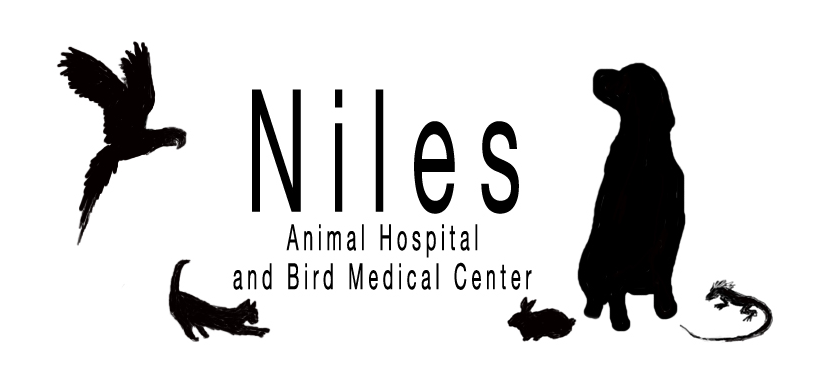Educational Articles
-
The holidays add excitement to the winter months, but we cannot forget about indoor and outdoor toxins frequently seen at this time of year. Keeping your pets healthy and safe will help keep the holidays stress free.
-
An increase in your pet's breathing rate while resting quietly or sleeping is an early clinical sign that your pet may be developing heart failure and needs to see your veterinarian. In general, all normal dogs and cats have a breathing rate of between 15-30 breaths per minute when they are resting. Resting breathing rates that are consistently greater than 30 breaths per minute are increased and considered abnormal.
-
Home renovation can be arduous for every member of the household. Awareness of possible construction site problems will help homeowners avoid pet-related issues. A little planning can make the renovation process run more smoothly everyone.
-
Taking care of a paralyzed pet comes with many challenges. This handout reviews the needs of a paralyzed pet and how an owner can help them at home.
-
Hospice is supportive care provided to individuals in the final phases of terminal disease so that they may live as fully and comfortably as possible. Hospice care recognizes that death is a part of life and focuses on maximizing the quality of life for the patient during whatever time remains. The veterinarian coordinates and oversees medical procedures, medication prescription and delivery, and comfort care, but the day-to-day hospice care happens in the home. With planning, forethought, and honest communication, it is possible to provide a dying pet with a reasonable and acceptable quality of life as the end of life approaches.
-
Open, honest, and direct communication with your pet's veterinarian and veterinary healthcare team, throughout your pet's life, lays the necessary foundation for effective communication as the end of life approaches. As soon as a life-limiting disease is diagnosed, it is time to begin a dialogue about treatment options and how the approaching end of life will be handled. Delivery of hospice care is as individual as the pet and the family. Applying hospice and palliative care principles to our pets as they approach the end of their lives can be an emotionally rich and satisfying experience.
-
House training is best accomplished with patience and positive reinforcement. Teaching a cat to be well house-trained makes them a more enjoyable pet and a welcome guest. Many cats nearly house train themselves, but it's important to meet cats' needs to ensure they maintain desirable habits for a lifetime.
-
Cats, with their curious nature, may fall victim to poisoning within the home. Cats’ small size, lack of ability to metabolize certain drugs, and their tendency to hide symptoms when ill, make their poisoning less obvious compared to dogs and may also delay treatment.
-
Since cats are living longer and longer, they are also experiencing the deterioration and debilitation that goes along with aging. This includes the development of osteoarthritis. No one is in a better position to identify the subtle changes in behavior that may signal pain than human family members. You may observe changes in the following: vocalization, daily activities, daily habits, facial expressions, or posture. Your cat may show uncharacteristic behavior to other pets or family members. If you notice any of these changes, contact your veterinarian.
-
Baths should be performed in a comfortably warm area, using lukewarm water. Medicated shampoo should be applied to a clean, wet coat, so start by thoroughly rinsing your cat with lukewarm water. Shampoo should be worked into the coat thoroughly and allowed to sit for 10 minutes before rinsing unless directed otherwise by your veterinarian.

